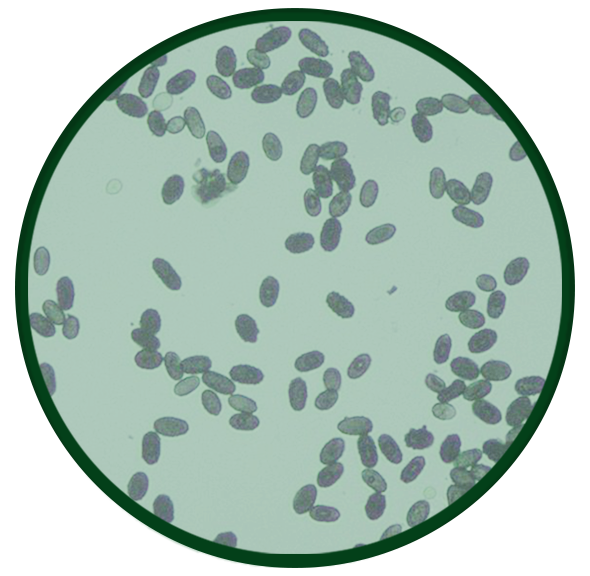Let us help diagnose mold sickness and provide the correct medical treatments
Start Feeling Better.
Call Us Today: 972-479-0400
By submitting your phone number, you are authorizing us (opting in) to send you text messages and notifications. Message/data rates apply. Reply STOP2END to unsubscribe to a message sent from us.
Mold Exposure Testing Dallas
Allergies, Toxicity, Infection
Mold Sickness
Let us help diagnose mold sickness and provide the correct medical treatments
ALLERGIES
Diagnosed by blood and skin testing.
TOXICITY
Determine by body fluid analysis via blood, urine, saliva, and hair, for the suspected toxins.
INFECTION
Assessed by culture of the suspected areas using both standard growth techniques and DNA probes.

Mold can affect:
Your total body through neurotoxicity and damage from the mycotoxins, as well as your immune activation from the allergic reaction and mold infections.
It can affect how you think, feel and live, as it has many emotional, psychological and physical manifestations of symptoms.
More about allergy, toxicity and infection
Toxicity
Active mold growing in a damp indoor environment release chemical toxins, also called neurotoxins. The easiest way to absorb these in the environment is through the lungs, and the longer a person is exposed, the more toxins they accumulate. In addition to the lungs, this can affect nerve cell function in other parts of the body, such as the brain, muscles, stomach, and more. These toxins are structurally complex and stick tightly to the cells for years, creating acute [acute what?], later progressing to chronic health conditions if not treated.
Allergy
Mold spores, which are smaller than pollen grains, are released from the mold growing in damp indoor environments. Exposure to these tiny particles can lead to irritation/inflammation of the eyes, nose, throat and lungs. Long enough exposure results in an allergic condition, in which a person experiences much more intense reactions upon re-exposure.
Infection
Infection is caused when mold particles are inhaled and grow in the nose, sinuses and lungs. This is more prevalent in people that are immunosuppressed, – either from the mold toxin that directly suppresses the immune response or other underlying diseases; the infection can then increase the toxins.
Mold Sickness is influenced by your environment, including water leaks, pipe leaks, dampness in walls:
Waterleaks, pipeleaks, dampness in walls:
Put simply, mold thrives in moisture. Pay attention to your walls and ceilings for any signs of water or pipe leaks, which can require more than just a drywall replacement. Ignored dampness can weaken your immune system, especially those who have existing problems like asthma, allergies, respiratory problems, and other conditions.
Damp basements, dampness in walls
The two forms of “damp” include “penetrating damp” and “rising damp.” The first type of dampness is when moisture comes in through the walls, while the second type is where the water from the ground makes its way into the home, exhibited as mold spores toward the lower parts of the walls.
Ways to tell if your house is “damp:” a musty smell throughout the home or specific rooms, fabrics feeling feeling “soggy,” and a chilly room even if the heater is on.
Mold Associated Symptoms


